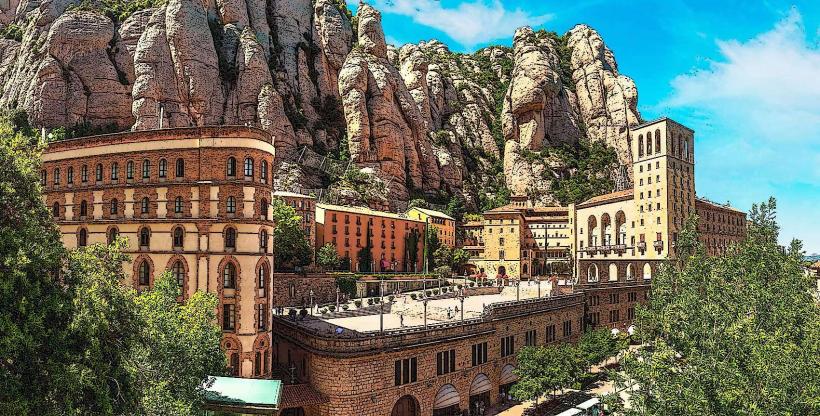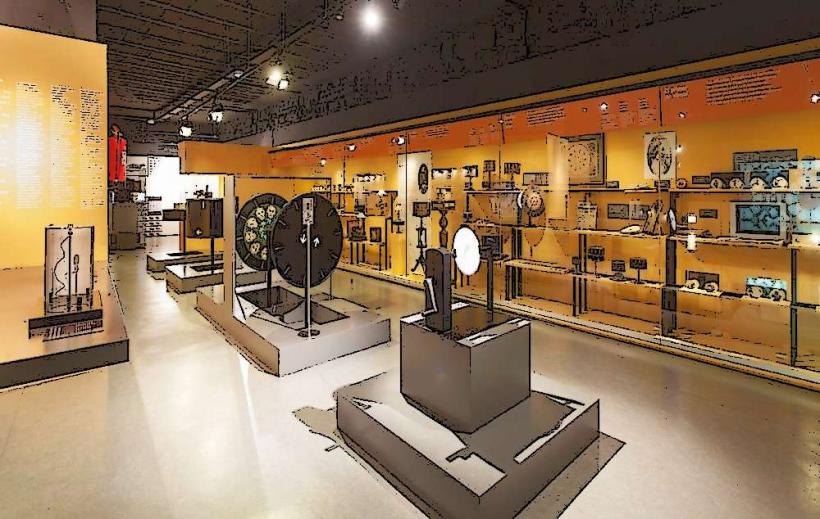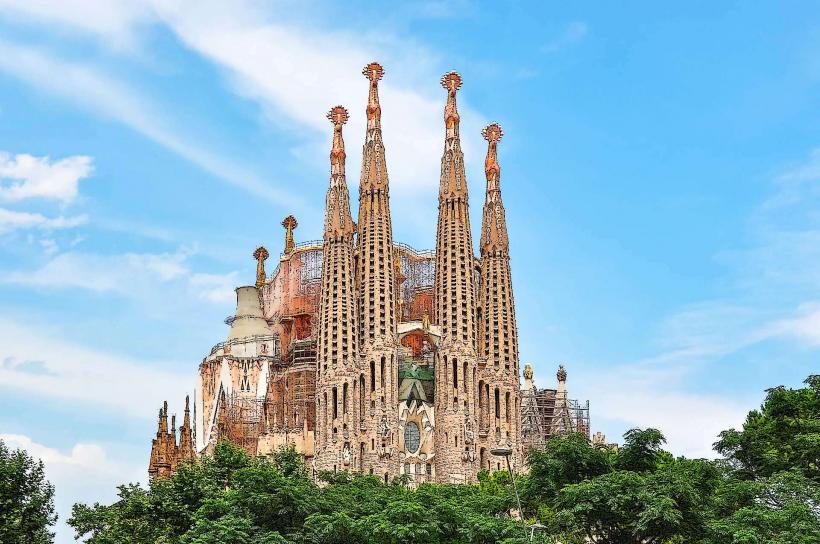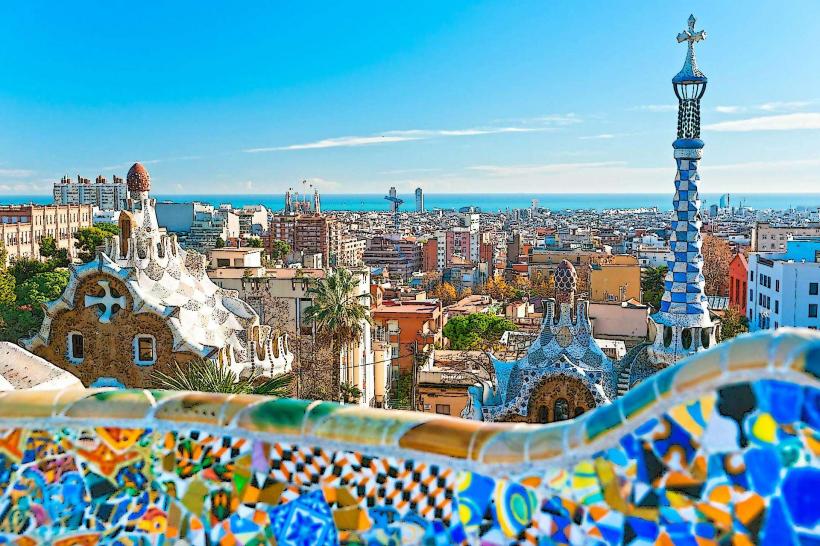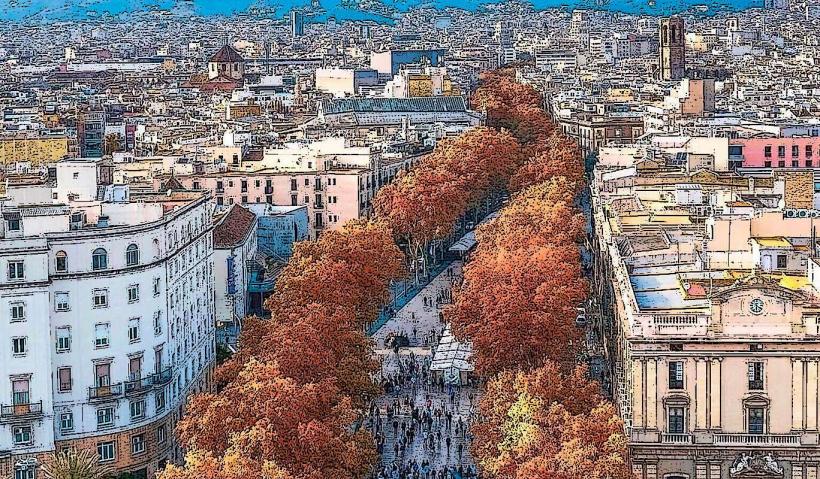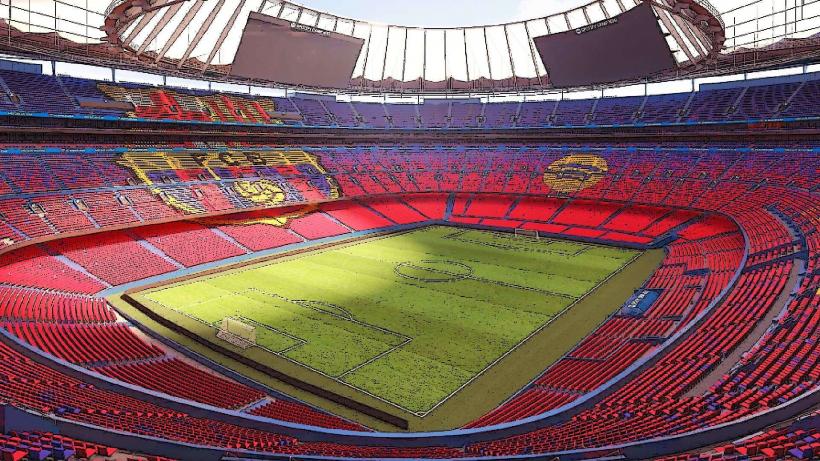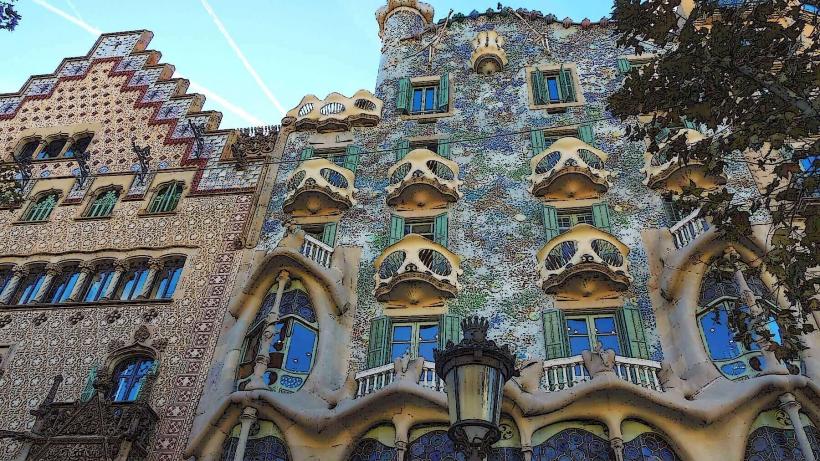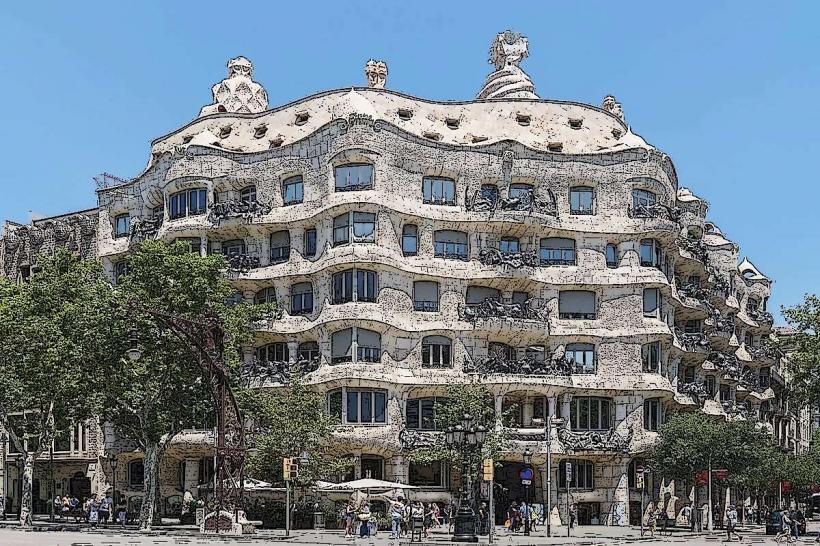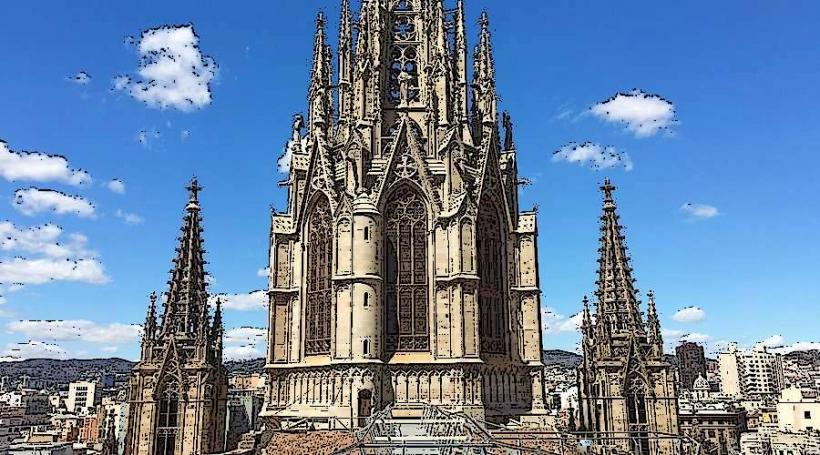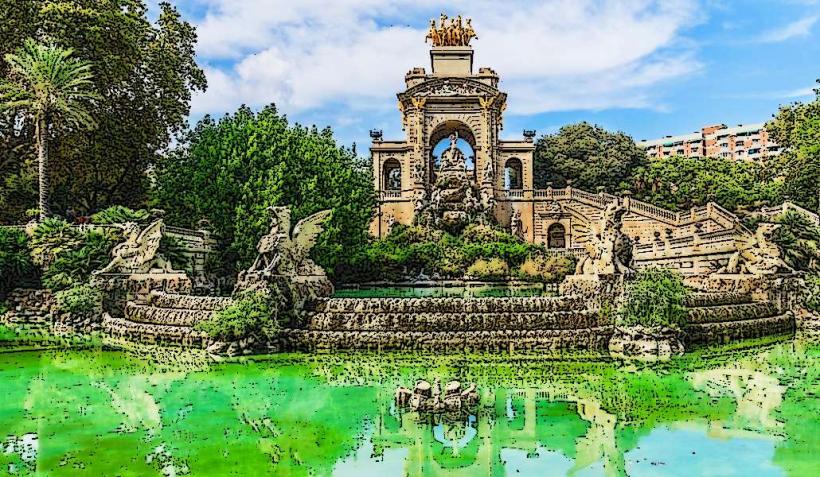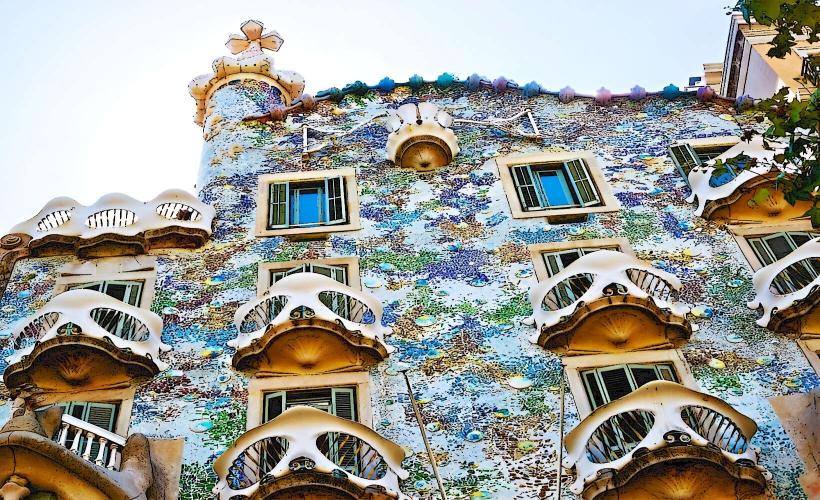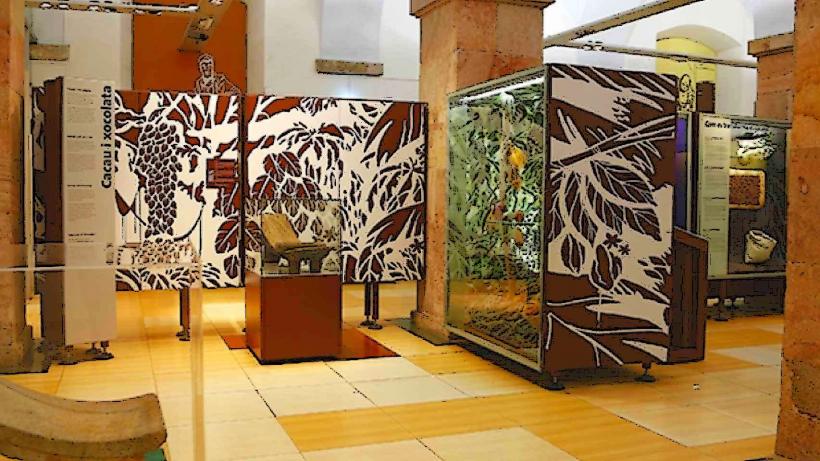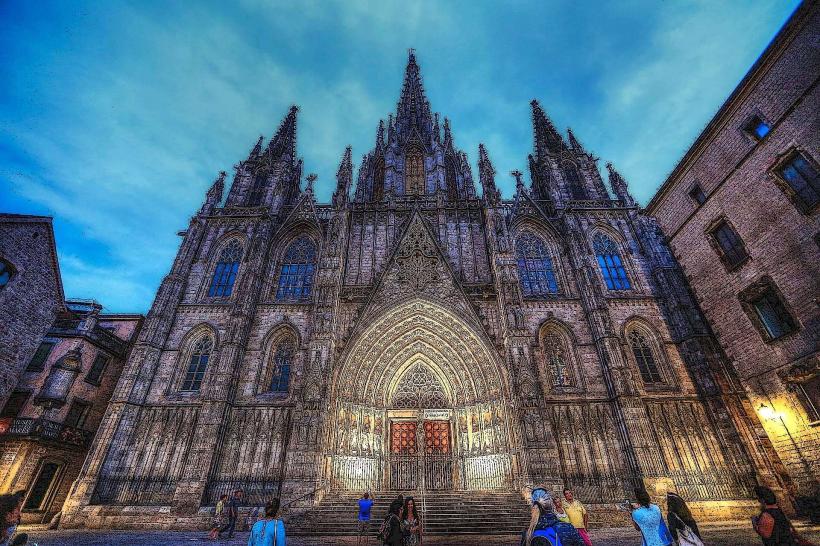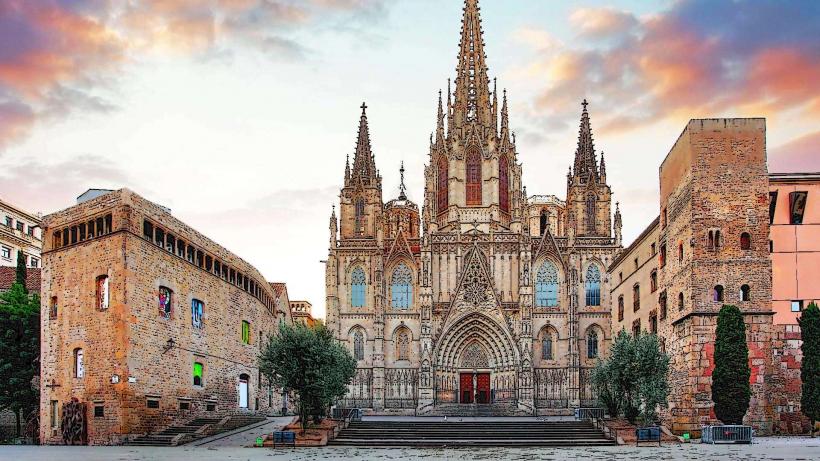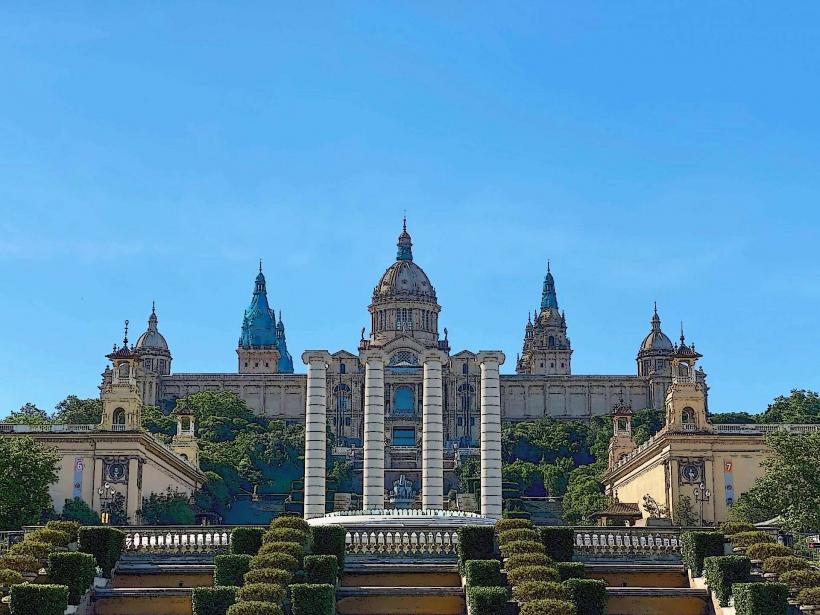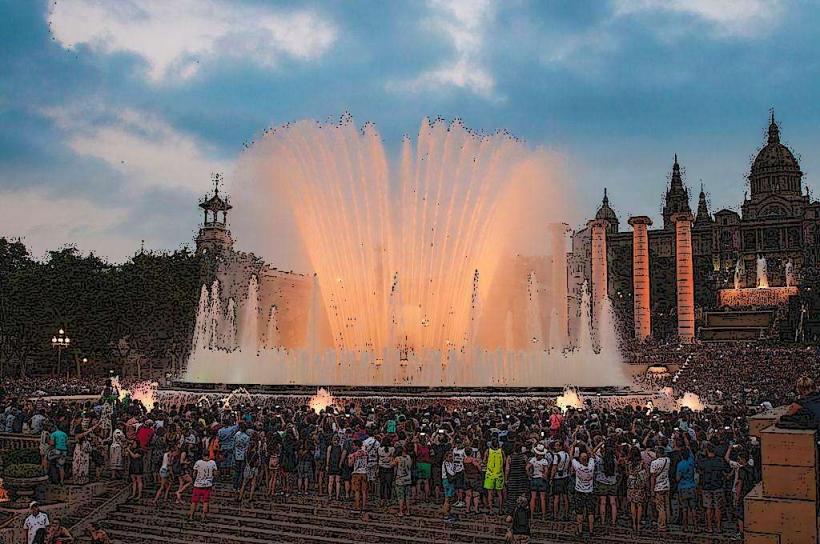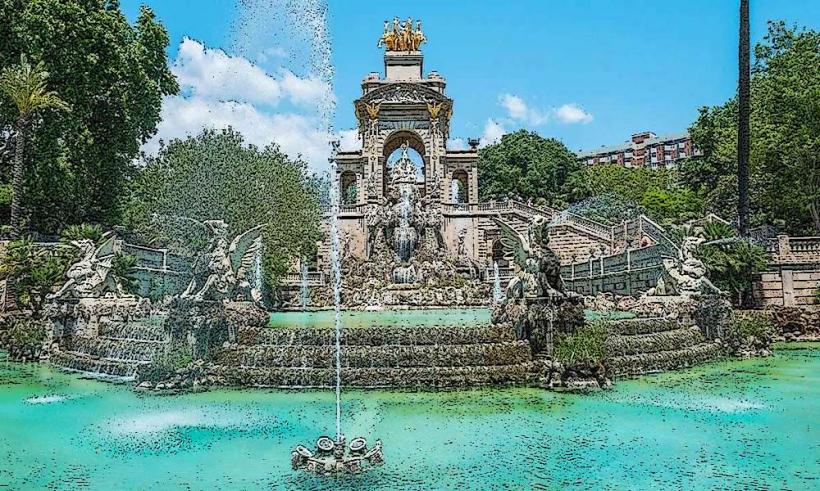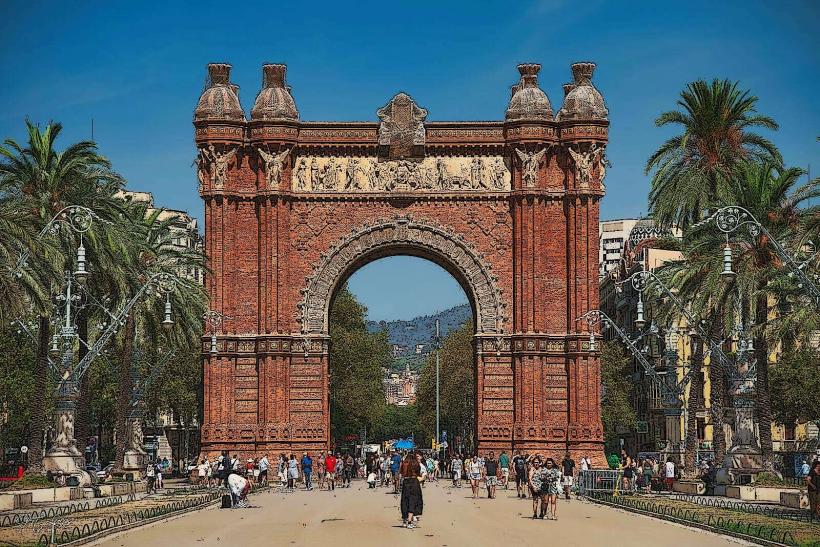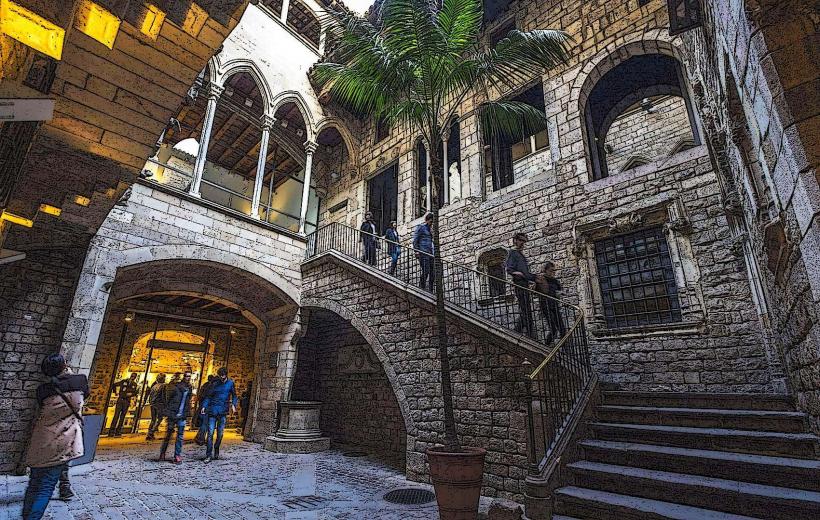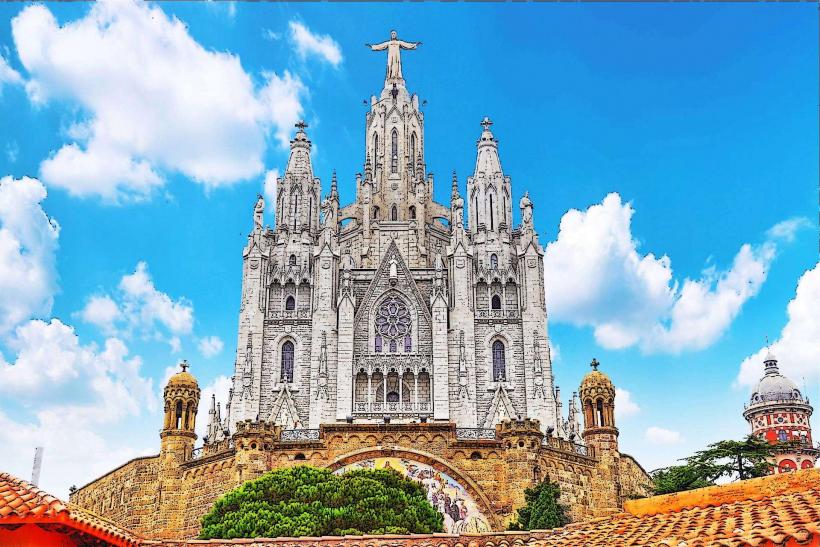Information
Landmark: Palau de la Musica CatalanaCity: Barcelona
Country: Spain
Continent: Europe
The Palau de la Música Catalana (Palace of Catalan Music) is one of the most stunning concert halls in Barcelona, Spain. Known for its breathtaking architecture and exceptional acoustics, the Palau is a cultural and musical landmark of the city, recognized worldwide as a masterpiece of Modernisme (Catalan Art Nouveau). It is also a UNESCO World Heritage site, highlighting its significance both in terms of its architectural beauty and its role in Catalan cultural heritage.
Key Features of Palau de la Música Catalana:
1. History and Construction
- Founded by Lluís Domènech i Montaner: The Palau de la Música Catalana was designed by the renowned architect Lluís Domènech i Montaner, one of the leading figures of the Modernisme movement. Construction began in 1905 and was completed in 1908.
- Commissioned by the Orfeó Català: The Palau was built as the headquarters for the Orfeó Català (Catalan Choral Society), a prominent music organization dedicated to preserving and promoting Catalan musical traditions.
- Inauguration: The concert hall opened in 1908, immediately establishing itself as a cultural hub for music and the arts in Barcelona.
2. Architectural Design
- Modernisme Style: The Palau is a prime example of the Modernisme style, characterized by rich, ornamental details, organic forms, and the use of traditional Catalan motifs. The building’s design combines both architectural grandeur and symbolic representation of Catalan identity and culture.
- Exterior Design: The façade of the Palau de la Música Catalana is adorned with elaborate mosaics, sculptures, and stained glass windows. It incorporates traditional Catalan elements such as ceramics, ironwork, and colorful decorative tiles.
- Main Entrance: The main entrance features a striking arched doorway, flanked by sculptural figures, with a beautifully detailed iron and glass canopy above. The outer façade blends modernist decoration with classical features, creating an inviting and awe-inspiring first impression.
3. Interior Design and Features
- The Concert Hall: The heart of the Palau is its grand concert hall, which is renowned for its exceptional acoustics. The hall is designed to accommodate approximately 2,000 spectators and is used for a wide range of musical performances, from classical concerts to choral performances, and jazz to contemporary music.
- Stunning Glass Dome: One of the most striking features of the Palau’s interior is the large stained glass dome that sits above the concert hall. This skylight, designed by Josep Maria Jujol, features a spectacular flower motif and allows natural light to pour into the space, creating a vibrant atmosphere during the day and glowing beautifully at night. The colors of the glass complement the surrounding interior, which is adorned with mosaics, sculptures, and ceramic decorations.
- The Organ: The concert hall is home to an impressive pipe organ, one of the largest in Europe. The organ is a central feature of the stage and enhances the acoustics of the venue, making it ideal for symphonic and choral works.
- Marble Columns and Decorative Elements: Inside the hall, you'll find intricately detailed marble columns, wrought iron railings, and sculptural busts that reflect the Catalan cultural heritage. The lavish use of ceramics and glass is a hallmark of the Modernisme movement.
4. Cultural and Musical Significance
- A Center for Catalan Music: The Palau de la Música Catalana has long been a symbol of Catalan cultural pride. It has been a home for the Orfeó Català (which continues to perform at the Palau) and other music societies, playing an important role in the preservation and promotion of Catalan music and the wider Spanish and European musical traditions.
- World-Class Performances: Over the years, the Palau has hosted many of the world’s greatest musicians, composers, and conductors, including Pablo Casals, Leónidas Kavakos, Gustavo Dudamel, and Zubin Mehta. It has become a central venue for classical music performances, opera, and chamber music in Barcelona, as well as for dance and theater productions.
- Cultural Events: In addition to concerts, the Palau de la Música Catalana hosts a variety of cultural events, including festivals, lectures, and art exhibitions. Its role as a cultural center extends beyond music, making it a dynamic space for a wide range of artistic and intellectual activities.
5. UNESCO World Heritage Status
- The Palau de la Música Catalana was designated as a UNESCO World Heritage site in 1997, recognized for its architectural and artistic value as one of the masterpieces of modernist architecture. This recognition highlights the significance of the Palau not only as a concert venue but also as an important symbol of the cultural and architectural heritage of Catalonia.
6. Tours and Public Access
- Guided Tours: The Palau de la Música Catalana is open to the public for tours, allowing visitors to explore its rich history, stunning architecture, and vibrant artistic legacy. Visitors can walk through the concert hall, admire the glass dome, and learn about the building’s history and cultural significance.
- Concerts and Performances: In addition to its architectural and historical value, the Palau continues to be a major destination for music lovers. Tickets are available for various performances, including classical concerts, choral works, and special events.
- Cafes and Gift Shops: The Palau also features a café and gift shop, where visitors can relax after a tour or purchase souvenirs that celebrate the history and beauty of the Palau de la Música Catalana.
Conclusion
The Palau de la Música Catalana is a true architectural and cultural gem of Barcelona. Its stunning Modernisme design, incredible acoustics, and long history as a center for Catalan and international music make it a must-visit destination for anyone interested in the arts. Whether you are attending a world-class concert or simply admiring the beauty of the building, the Palau offers an unforgettable experience. Its place as a UNESCO World Heritage site is a testament to its significance as a masterpiece of Modernisme architecture and a symbol of Catalan cultural pride.

